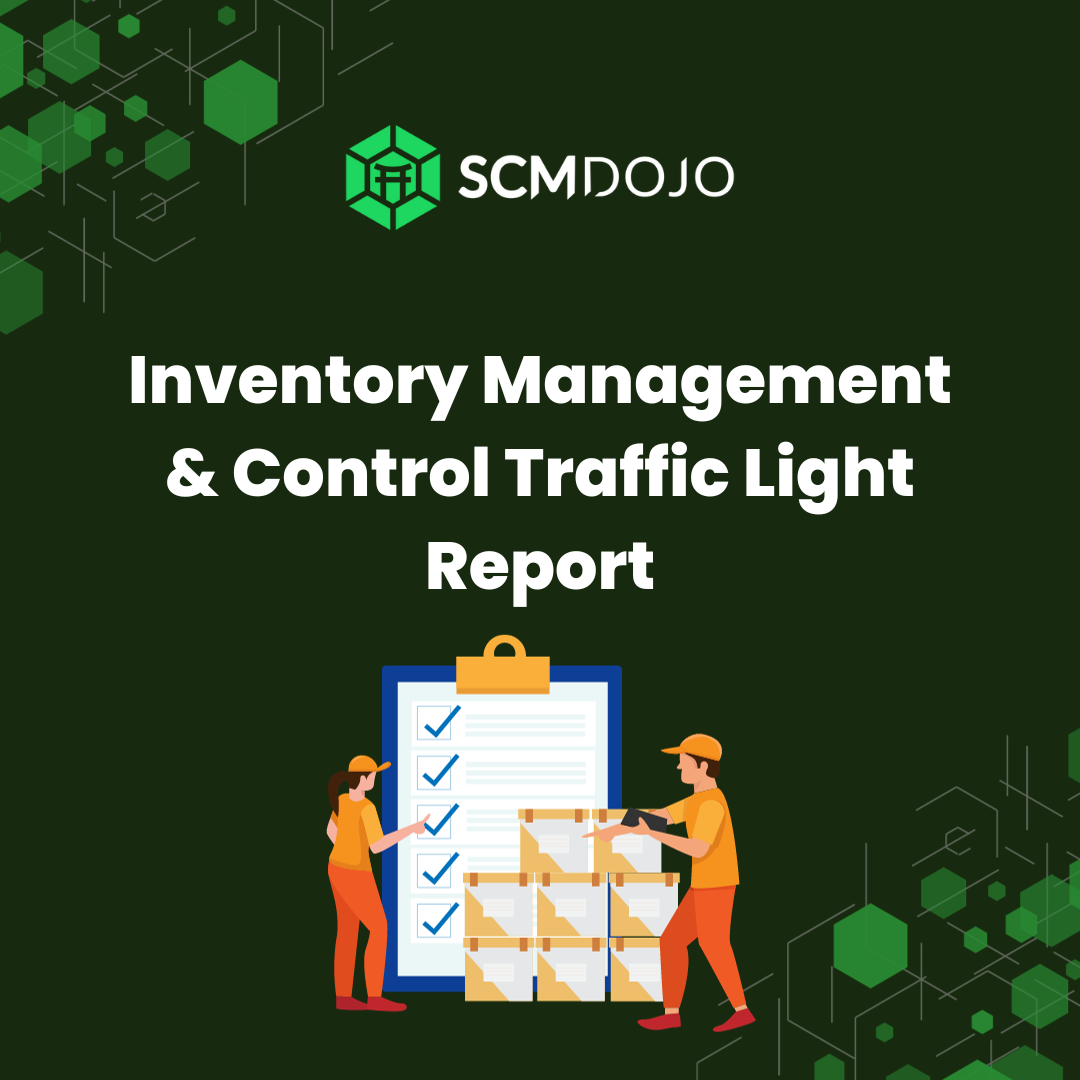Amongst the big issues killing any business valuation is the volume of inventory at hand that is placed as excess and obsolete. Excess and obsolete inventory is the outcome from several problems that ensue due to “a series of unplanned proceedings”, and often extends to many functions. For a typical business, the excess and obsolete inventory recorded to be as high as 25% yearly. This effect could also be felt in the viability of any procurement that may be considered to take your whole business to the next stage.
Get Excess and Obsolete Inventory Policy
Finally, excess and obsolete inventory arises due to misaligned policymaking, slip-ups, and deficiency in cost consideration for inventory in several decisions, together with lack of awareness, product design, sales and operations planning, and sales forecasting. Managing excess and obsolete inventory is one of the most important inventory reduction strategies.
Get Your Excess & Obsolete Inventory Policy Guide Now!
To avoid excess and obsolete inventory from killing your business, below are 9 ways you can Survive the process. These 9 ways are recommended to effectively dispose of any excess and obsolete inventory presently at hand.
Allocate Accountability.
For any Business Manager, it is essential to properly handle inventory problems as they arise! Businesses are required to be proactive when it comes to avoiding such decision taking. But when it does happen, a manager or anybody entrusted with such a task should instantly seek to solve the problem.
Create Awareness of Excess and Obsolete Inventory Impacts on Your Business.
A business can set up a team dedicated to reducing E&O inventory levels. Excess and obsolete inventory should not be seen as waste but as cash. You create awareness by creating and sharing Excess and Obsolete Inventory policy. For instance, more and more businesses are creating incentives for salespersons who now earn bonuses as part of how precisely they estimate to the SKU, not to the planning level.
Develop an Effective Description of Excess and Obsolete Inventory Relating to Your Business.
Creating a story relating to your business about inventory accountability and how inventory is generated, is important amongst your workforce. Such creative stories also assist in driving out any buffer planning actions that transpire. There is a need to keep reviewing your business intelligence on narrowing product portfolio, minimum liability planning on configured products, and min-max cycles. The major key here is ownership of product and design standards.
Effective Planning and Sales Communication.
Planning and Sales communication are vital communication channels in effectively handling excess and obsolete inventory. Such communication between Planning and Sales could comprise of a dialogue that embraces dialogue. Salespersons are likely to lean towards an increase of almost 10% on their load forecasts, which practically increases the Material Requirements Planning (MRP) orders. A close relationship is needed between demand and sales planning to guarantee real-time communication and complete transparency towards avoiding excess and obsolete inventory.
Evaluate Every Business Decision Effect Relating to Excess and Obsolete Inventory.
Works around evaluating every business decision is needed especially when it relates to cost and its impact on Excess and obsolete inventory. This cost could include Excess and obsolete inventory cost resulting from engineering change, end of life inventory write-offs, and new product cost. Other important development costs like supplier qualification, tooling, write-offs, and warehousing, can set the conversation rolling on complexity cost.
Offer Improved Sales Incentives.
Improving Sales Incentives also aids sales team bonuses as they are tied to budget on S&OP’s and inventory. Sales Metrics are also used in forecasts for BOM accuracy, configuration, and final shipping part. Accounts with client’s name and configurations can assist with improvement in sales accuracy and drive accountability. Also, with the use of specific inventory generation for client’s order and sales, accountability would be driven in a positive direction. Salespersons are more likely to change their attitude when Improved Sales Incentives is included.
Place More Emphasis on Forecasting Outcomes, Not Final Product.
Analysis of forecasting outcomes should be applied in understanding the plan around what components/products will be steadily erroneous. Business owners can challenge managers in understanding the concept of ordering parts. This challenge involves a deep performance analysis on the whole parts supply chain. The task includes identifying what pieces were added into the supply chain through poor planning actions, which assist in avoiding such issues from happening again. Discussions on forecast accuracy, inventory levels, and Leadtime can be shared with partners as well.
Put into Consideration Products End of Life Cycle During Creation Process.
Make sure your products Creation Process apply more awareness into design components left over. At the end of every product lifecycle, the design components left unused will consume working capital. As a growing business brand, creating products with reusable parts can be friendly with costs, and with a team reporting into procurement, you can attain maximum flexibility for different parts usage. This process would also address several issues with complexity and evading unique components.
Take Note of The Life Cycle on Every Inventory Cost.
A planning procedure attached to the design stage can similarly assist in limiting Excess and obsolete inventory early on. One best practice to implement during the design phase is to establish for parts of the life cycle cost and define this cost. Having a small setting with a strategic number brings importance to enabling the category strategies more around the planned target.
CONCLUSION
All in all, one major point to bear in mind is that there never can be a “fixed” forecast, it would always contain some level of inaccuracy. This point is not likely to change soon due to the several shifts always occurring between product demand and supply. This problem can also be attributed to new products flow, more complexity with products customization, and the termination of life cycle problems that may arise.
Excess and obsolete inventory continue to be an issue for several businesses. While there is still no “silver bullet” to resolving Excess and obsolete inventory problem, awareness and focus amongst business functions provides practical and positive impact in tackling this problem. Also, profitability and working capital are required to make clear and evaluated against desired arrangements and strategies that are unwittingly the source of several Excess and obsolete inventory problems. But with focus on the 9 ways listed above, your business can Survive the process! Thus, more focus on better-quality forecasting and inventory costs will most likely be directly enhanced as well!
About the Author- Dr Muddassir Ahmed
Dr MuddassirAhmed is the Founder & CEO of SCMDOJO. He is a global speaker, vlogger and supply chain industry expert with 17 years of experience in the Manufacturing Industry in the UK, Europe, the Middle East and South East Asia in various Supply Chain leadership roles. Dr. Muddassir has received a PhD in Management Science from Lancaster University Management School. Muddassir is a Six Sigma black belt and founded the leading supply chain platform SCMDOJO to enable supply chain professionals and teams to thrive by providing best-in-class knowledge content, tools and access to experts.
You can follow him on LinkedIn, Facebook, Twitter or Instagram






